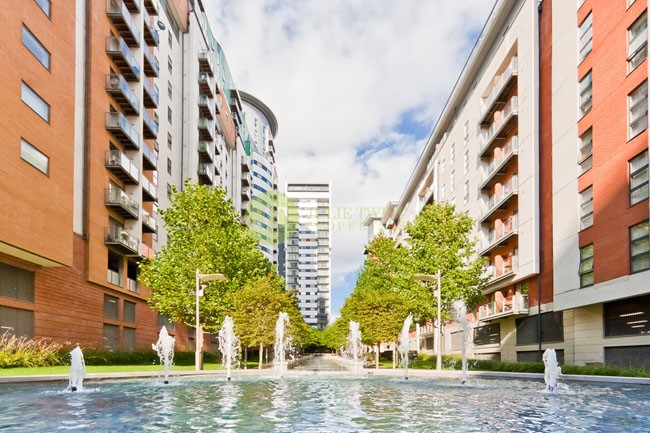Commentary
COMMENT | Why housebuilders should invest in fibre connectivity
 It never ceases to amaze me that in one of the most advanced countries in the world, we have some of the poorest broadband, writes Paul Eaton of ClearFibre. Staggeringly, the UK is 35th in the global league table for speed.
It never ceases to amaze me that in one of the most advanced countries in the world, we have some of the poorest broadband, writes Paul Eaton of ClearFibre. Staggeringly, the UK is 35th in the global league table for speed.
It makes me smile when I’m watching ‘Good Morning Britain’ and the picture freezes or drops out in a video interview, just as they are coming to an important question. It’s so frustrating for everyone, not least the viewers.
We are living in a very connected world. We are so reliant on technology today to communicate – some better than others, I still forget to take mute off every time I go on a Zoom call and talk to myself for the first five minutes. Nevertheless, the work and life changes brought about by the pandemic are moving us into a new era.
It’s not just the people working from home and the Zoom calls. It’s multiple people in a house all needing access to the internet for their work, communication and entertainment; people searching online for jobs; doctor appointments and other consultations, all now carried out by video calls. These trends aren’t going to disappear.
So for housebuilders and developers working on the 300,000 new homes that it is hoped the UK will deliver each year, it is so important that the infrastructure is designed so that the residents moving in can get good quality internet connection. If it’s already there like water, guaranteed from day one, without a contract and superfast speeds, then even better.
There are still a lot of homes being built without the right infrastructure. Google questions like “my flat was built in 2017, why can’t I get broadband?” and you will see what I mean.
Housebuilders and apartment block builders can do this very easily by engaging with specialist residential service providers at the design stage and working together to build a specification that is in the ‘build pack’, so everything that needs to be included is planned in from the start.
This approach will:
- Increase the value of the property for the owner or institutional investor
- Provide easy access to great quality services from day one of resident moving in
- Increase customer satisfaction scores for the housebuilder
- Give the resident more choice of providers in the for-sale market
- Increase the developer’s reputation as forward-thinking and innovative
These very high-quality internet services underpin all the other great services that can go into a building to enable landlords to look after their residents.
There are specialist third party companies out there, for example that offer heat and ventilation monitoring and body temperature monitoring – which allows temperature changes in the building to happen automatically without any human intervention.
The same goes for sensors that measure humidity, carbon dioxide levels, noise, light, occupancy and motion. Systems can automatically respond through real-time control to adjust light and oxygen levels in the building, allowing residents’ health and wellbeing to be core to the building’s operation.
 These are just a couple of examples and they are not expensive solutions at all. They can be designed and built in quite easily at the design stage of the building. They can also be retrofitted.
These are just a couple of examples and they are not expensive solutions at all. They can be designed and built in quite easily at the design stage of the building. They can also be retrofitted.
The technology and companies are out there, we just need to start questioning the status quo. Let’s think differently. Now is the time.
- Paul Eaton is chief commercial officer of ClearFibre, part of the Telcom Group. Get in touch: paul.eaton@clearfibre.uk or connect on LinkedIn




